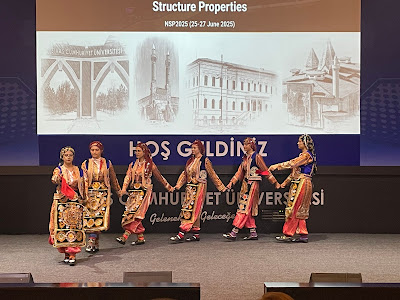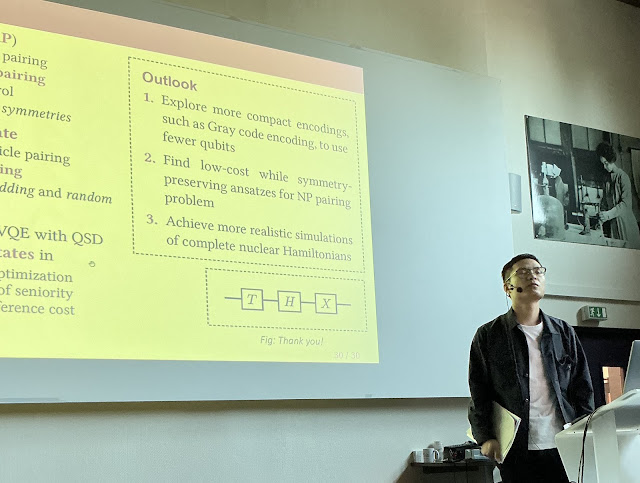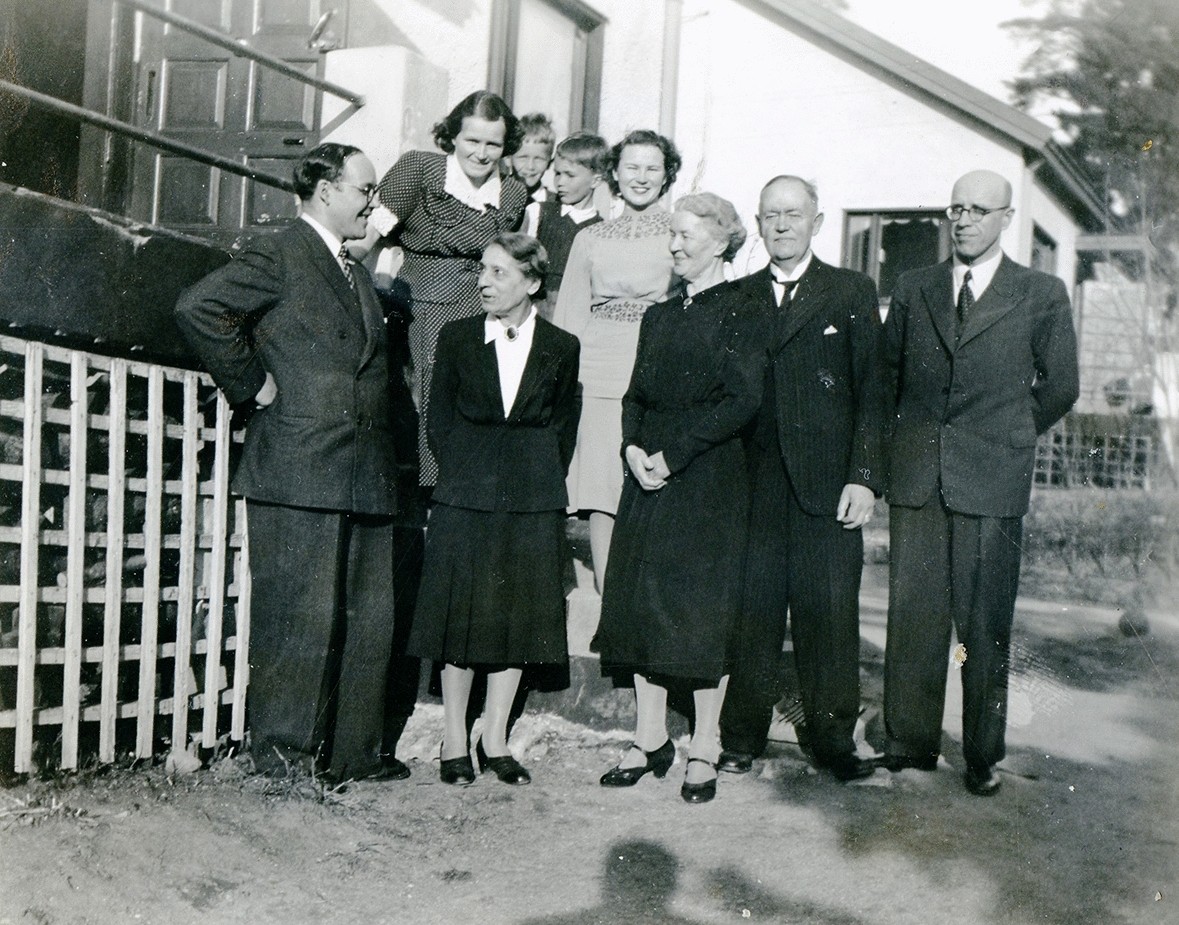For many of my colleagues in low-energy nuclear physics, Physical Review C is the default journal for most of their research. The default publishing model of Physical Review C is via subscription in which the author gives the article to the journal for free, handing over copyright, with the journal then charging people to read. They also do allow authors to pay an "article processing charge" which will mean the journal will then distribute the article for free so that readers can read without charge..
Research which is funded by the UKRI umbrella of UK government funding agencies have an open access requierement for research funded by them, meaning ultimately funded by the taxpayer. The details of the UKRI rules are on their website. There are two routes to acceptable open access publication. Route one is to ensure the published version is free under the popular CC-BY license, and this would happen in Physical Review if the authors pays the article processing charge.
The relevant points for the second method are (from UKRI website):
Route 2: publish the research article in a subscription journal and
deposit the Author’s Accepted Manuscript (or Version of Record, where
the publisher permits) in an institutional or subject repository at the
time of final publication, as defined in Annex 1:
- a. the deposited version must be free and unrestricted to view and
download. It must have a CC BY licence, or other licence permitted by
UKRI (see ‘licensing requirements’)
This is the way colleagues here at the University of Surrey have been doing it recently. In this current environment when universities are getting rid of staff for financial reasons, and passing real-terms pay cuts to those who remain, the idea of using cash to pay to publish research via the article processing charge route is understandably unpopular. At my institution, we don't have a fund for that at the moment.
Earlier this week I tried to submit a paper to Physical Review C, thinking that I could satisfy the various rules by making sure a final version of the paper was deposited in our institutional repository, but during the submission process on the Physical Review website I saw this (you might have to click on picture to see a fully legible version):
It seems to be saying that we can only post our work in an institutional repository if we use a more restrictive license that required by the UKRI funding.
On the face of it, then, the answer to the questions posed in the title of the blog post seems to be "yes, but only by paying the article processing charge". I think in practice almost everyone is fudging this matter by following route 2 and either breaking the CC-BY agreement with Physical Review or nor complying with the rules of the funders.
The right solutions is clearly to publish in diamond open access journals, with no fee for the author or the reader. Since more or less all my work is done in collaboration, I can't just unilaterally decree that I will do this for all future publication on which I am coauthor, but I at least have decided to make SciPost the sole journal I support with editorial volunteering, and am pleased to see some excellent nuclear physics papers start to appear there. The more nuclear physics research that appears there, the more our community might start looking for new articles there. As for specialist nuclear journals, I am aware of two options which effectively act as diamond open access: Physics Letters B (historically a subscription journal, but currently has long term (perpetual?) funding to make all articles open access) and Nuclear Physics and Atomic Energy, a somewhat obscure and parochial journal from Ukraine which currently has rather low impact, but could be supported by more of the community putting more of there best work there.

















